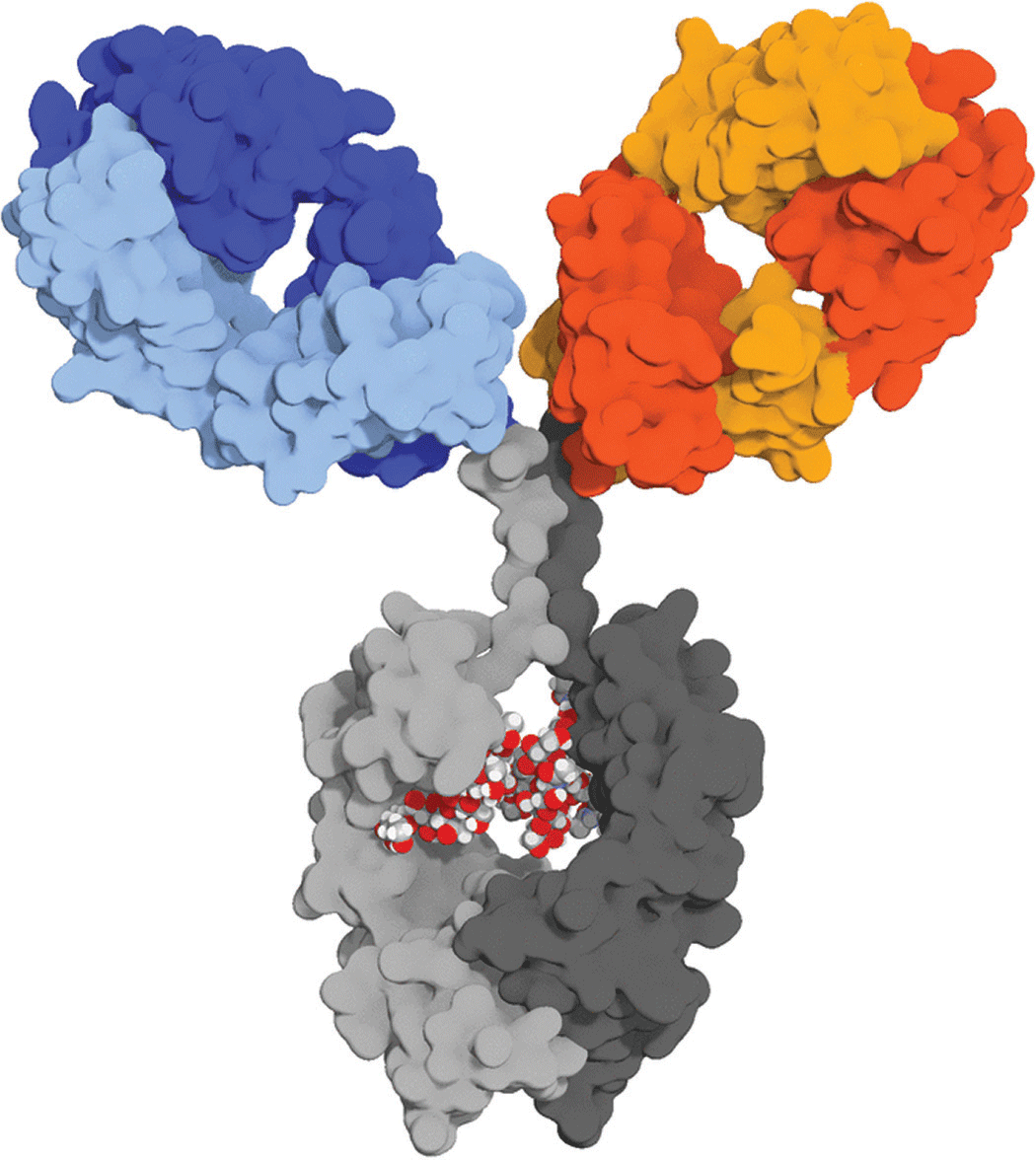Faricimab—the generic name for what was once known as RG7716—is the first bispecific antibody for intravitreal administration that targets two key factors that contribute to diabetic retinopathy and diabetic macular edema: vascular endothelial growth factor and angiopoietin-2, otherwise known as Ang-2.
The BOULEVARD Phase II trial showed that in treatment-naïve patients with DME, faricimab (Roche/Genentech) demonstrated statistically significant visual acuity gains and has potentially maintained disease stability longer than ranibizumab (Lucentis, Roche/Genentech). BOULEVARD enrolled 229 patients, 168 who were treatment-naïve, in three treatment arms: 0.3-mg ranibizumab (n=59); and 1.5- mg and 6-mg faricimab (n=55 and 55, respectively).
In presenting the BOULEVARD results in September at the Retina Society annual meeting in San Francisco, Carl Regillo, MD, of Wills Eye Hospital, Philadelphia, reported that the 6-mg faricimab group had an adjusted mean improvement of 13.9 letters at 24 weeks vs. 10.3 for ranibizumab (p=0.03).1
Patients on faricimab, whether treatment naïve or previously treated with anti-VEGF, were more likely to gain 10 letters or more in vision: 70.5 and 61.2 percent in the 6- and 1.5-mg faricimab groups, respectively, vs. 57.1 percent for the ranibizumab patients in the treatment-naïve group; and 65.2 percent in the faricimab 6-mg group vs. 42.9 percent of ranibizumab patients who had previous anti-VEGF treatment. Results for patients who achieved >15-letter gains and central subfield thickness (CST) of <325 µm followed similar patterns.
Here, Dr. Regillo, primary investigator of BOULEVARD, answers questions about the trial and the upcoming YOSEMITE and RHINE Phase III trials. 
Q: The mechanism of action of faricimab in his own words:
A: Faricimab is a single-molecule but has a dual mechanism of action, in that it blocks VEGF-A, which works very well for DME and DR, but it also blocks Ang-2, which has been shown to be upregulated with increased vitreous levels in DR. Ang-2 works through the TIE-2 pathway and is potentially detrimental because it promotes vessel breakdown, which, in turn, leads to the leakage and proliferation in DR.
Q: More specifically, what role does Ang-2 play in the pathogenesis of DR/DME?
A: Elevated levels of Ang-2 in the vitreous lead to vascular pericyte dropout with blood-retinal barrier breakdown and exudation, along with retinal microvascular
inflammation.
Q:How does faricimab differ from existing anti-VEGF agents?
A: Blocking VEGF works well in treating DME, but blocking the VEGF and Ang-2 together appears to work even better. In the BOULEVARD trial, the faricimab 6-mg dose showed better visual-acuity outcomes and macular drying along with improvement of DR levels compared to the gold standard of monthly injections of
ranibizumab 0.3 mg.
Protocol P of the Diabetic Retinopathy Clinical Research Network study reported that aflibercept (Eylea, Regeneron) had better VA outcomes and drying effects than ranibizumab at one year, but the degree that was seen in BOULEVARD with faricimab could even exceed that.
Q: What are the most telling findings of the BOULEVARD trial?
A: One, to achieve better visual acuity in DME, you have reduce the macular edema. At 24 weeks, the faricimab 6-mg group had better drying of the macula with a much greater proportion of patients having DME resolution which translated into statistically significantly better visual-acuity outcomes.
Two, more faricimab-treated patients maintained visual acuity and central subfield thickness for a longer time frame in the off-treatment observation period, suggesting greater drug durability compared to the ranibizumab group. In the faricimab 6-mg and ranibizumab 0.3-mg groups, respectively, rates of BCVA loss exceeding 5 letters were 45 and 53 percent, and CST increase >50 mm were 43 and 73 percent at 14 weeks posttreatment.
Third, faricimab treatment resulted in a much higher percentage of two-or-more-step improvement in diabetic retinopathy severity. This was particularly impressive in eyes with a baseline diabetic retinopathy severity scale (DRSS) of 53 or more in which 88 percent of patients in the faricimab 6 mg arm had 2 or more steps of DRSS improvement compared to only 25 percent with the ranibizumab 0.3 mg arm at week 24.
Q: How will the BOULEVARD findings inform the structure of the Phase III trial?
A: BOULEVARD was a well-designed, good-size Phase II trial, and we’re going into Phase III with a good level of confidence that it will show faricimab to have a good effect on DME. The YOSEMITE and RHINE studies will have 900 patients each and compare faricimab and aflibercept head to head. The
trials will consist of three treatment arms: faricimab 6 mg every eight weeks; faricimab 6 mg on a personalized treatment interval; and aflibercept 2 mg every eight weeks—all after monthly loading dosing.
The personalized, or variable, treatment interval arm, which is like treat-and-extend, was added to tell us more about the durability of the drug.
REFERENCE
1. Regillo C. Anti-VEGF/anti-angiopoietin-2 bispecific antibody faricimab in diabetic macular edema. Paper presented at Retina Society 51st annual Scientific Meeting; San Francisco, CA: September 15, 2018.



